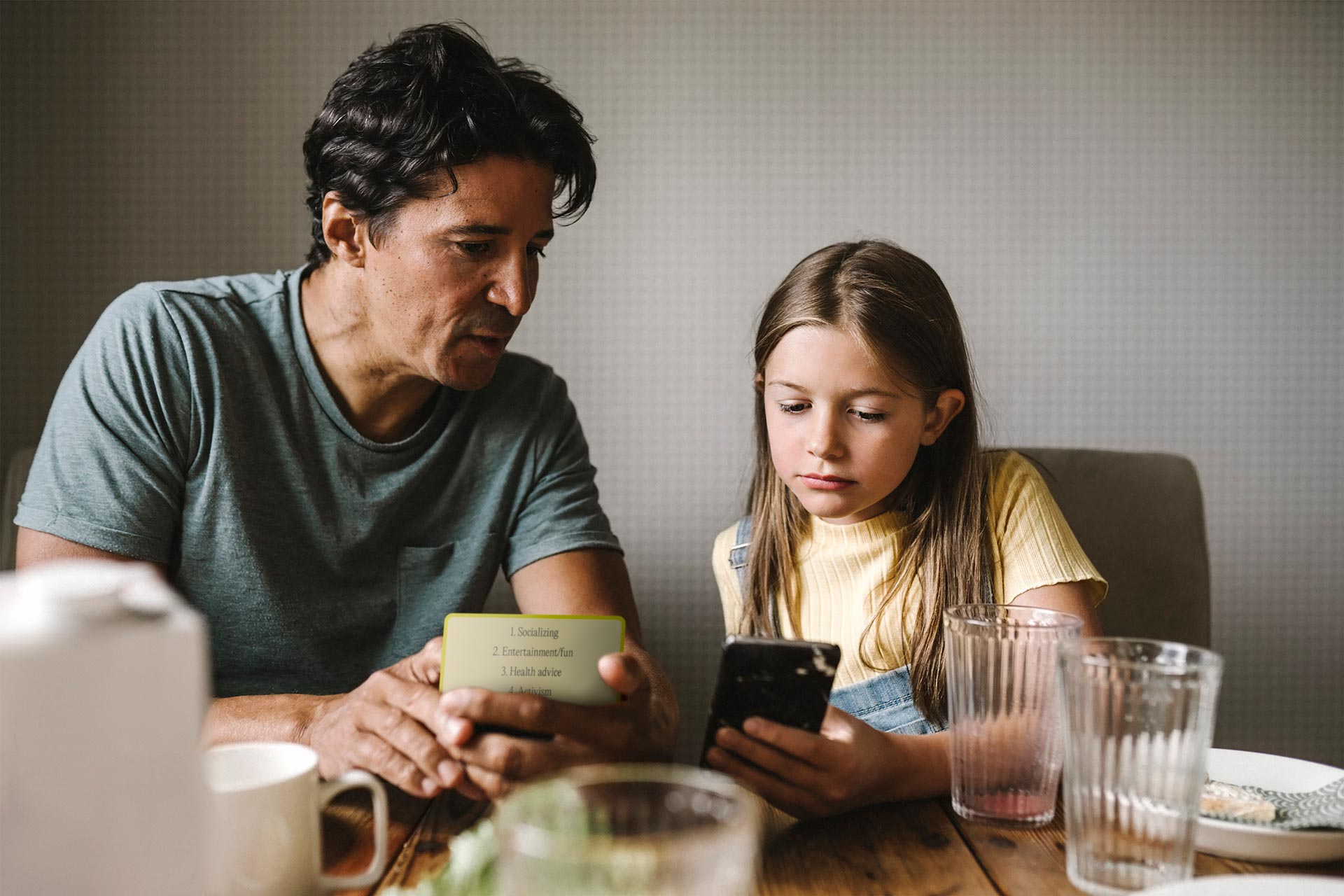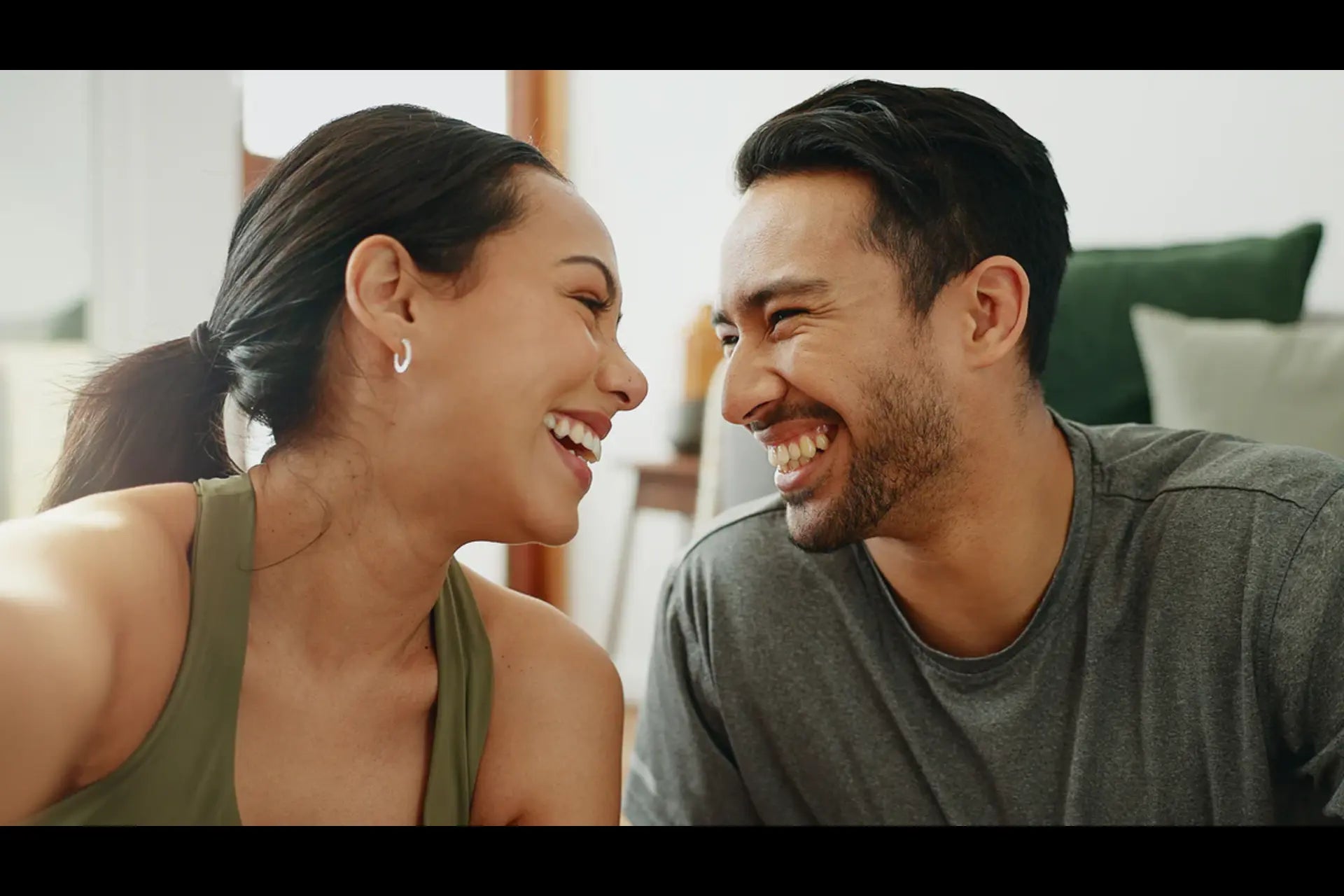What is consent?
Do you know what consent is, and are you modeling it?
Consent is the act of giving permission or agreeing to something willingly and knowingly. In both online and offline settings, consent means understanding and respecting boundaries and privacy, both your own and others'. It involves choosing without pressure, manipulation, or coercion.
When we ask for consent, we acknowledge others' rights to make decisions about their own personal space, belongings, and digital information. This can include anything from engaging in conversation to sharing photos or personal information online.

Teaching children about consent empowers them to protect their privacy, respect others’ boundaries, and make thoughtful choices.
Many parents believe the best way to ensure their older children's online safety is by secretly monitoring them without consent. This may involve reading their messages, tracking their location, or checking their browser history. However, we hope parents will consider what lessons this approach teaches children about trust, respect, empathy, and consent—values they will carry with them on their digital journey and throughout life.
Teaching children about consent empowers them to protect their privacy, respect others’ boundaries, and make thoughtful choices. In a world where our digital actions have lasting impacts, understanding consent is essential to fostering safe, respectful, and healthy relationships. It is about saying “yes” only when we feel comfortable and recognizing that it is always okay to say “no.”

The best way to teach children to respect others' boundaries regarding privacy and their digital footprint—as well as to be mindful of their own—is to offer them the same respectful treatment you would like them to pass on to others and the same respect we would appreciate.



